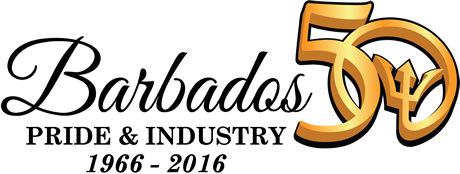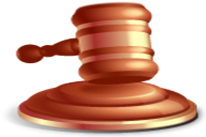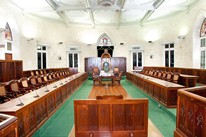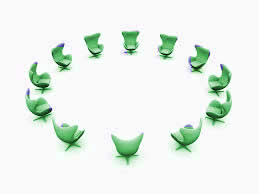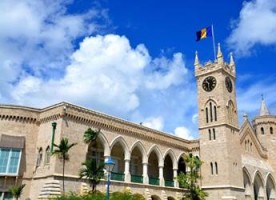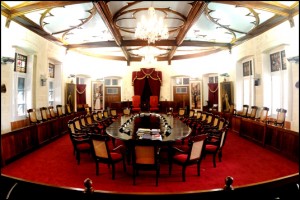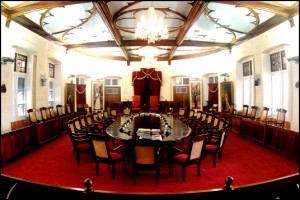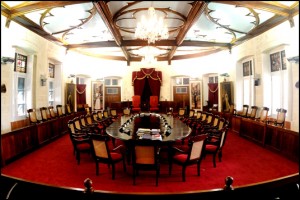Welcome
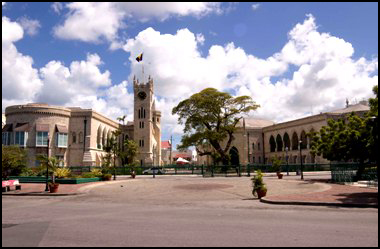
The Parliament Buildings of Barbados
With over 350 years of which we can boast, surpassed only by Bermuda and Britain, these buildings hold the history of the Barbadian system of Government which is the third oldest political system within the Commonwealth.
Completed in 1874, a masterpiece of Gothic Architecture, built of local coral limestone, strategically placed in the heart of our Capital, Bridgetown, these buildings house the House of Assembly and the Senate.
The original meeting place of the Legislature in 1639 is believed to have been upstairs a tavern adjacent to the site of the Central Bank of Barbados (Tom Adams Financial Centre). There is a commemorative monument, dedicated on June 26, 1989, at the corner of Spry and Roebuck Streets.
In 1730, the Legislature sometimes used the Town Hall in Coleridge Street, now occupied by the High Court and Court of Appeal for sittings. However, from 1798 until the 1830's, the Legislature sat only in the Town Hall.
The Legislature was relocated in 1837 to the New Town Hall which became the Waterworks Building and was situated on Coleridge Street on the South side of the Montefiore Fountain. The Legislature sat there until 1849, returning to the Town Hall in that year.
The Public Buildings (now the Parliament Buildings) were erected to provide adequate accommodation for the Houses of Parliament, to centralise the principal public offices and to meet the need for the security and safety of Barbados' Public Records. The West Wing was completed in 1872. That building has accommodated several principal public offices, including those of the Colonial Secretary, the Colonial Treasurer, the Auditor General, the Accountant General, the Postmaster-General, the Comptroller of Customs, the Provost Marshal and the Director of Education. The offices of some of the first Ministers (there were 5) were located there also from 1954, until Government headquarters, officially opened on March 26, 1956, was ready for occupation.
The East Wing was completed late in 1873. The Chambers and offices of the Legislative Council (later the Senate) and the House of Assembly were - and still are - on the upper floor on which the Attorney General, the Solicitor General and the Legal Draftsman (later Chief Parliamentary Counsel) had offices.
The stained glass windows in the House of Assembly in the East Wing, which depicts British Sovereigns from James I to Queen Victoria (and include Oliver Cromwell), were made by the London firm, Messrs. Clayton & Bell, to designs prepared locally by Mr. Thomas Hawkesley, a former consulting engineer to the Bridgetown Waterworks Company, and his brother Charles Hawkesley.
The windows in the Senate, which depict the armorial bearings of past Presidents of Council and Speakers of the Assembly, were produced from copies of Arms prepared by Jeb Clark.
On the main stairways of the West Wing are two stained glass windows which bear the Biblical quotation, "Render to Caesar the things that are Caesar's...." These were originally situated in the East Wing, appropriately over the Customs Department which was originally housed there, directly under the Senate.
A tower was erected in the East Wing to accommodate a clock and a peal of bells. The clock and bells were made by an English firm, B. R. and T. Moore. They were installed by Messrs. Bayley, Findlay and Chaderton, a local firm. In 1884, the clock tower was taken down from the East Wing where it had sunk in silted sand because the sub-soil beneath it was not firm enough to support the weight of the structure.
During late 1885 into early 1886, the clock and bells were relocated to their present position in the West Wing. The clock is designed to run for eight days. The pendulum is 14 feet long and dials are made of copper and are 7 feet in diameter. The hour bell weighs 20 hundred-weight, which is also the aggregate weight of the four bells which ring the quarter hours. All the wheels are made of very hard gunmetal. The striking and quarter main wheels are 16 inches in diameter and 1.25 inches thick. The going main wheel is 15 inches in diameter and 1.25 inches thick. The clock is constructed in such a manner as to permit it to keep going while it is being wound.
The cast iron railings which enclose the courtyard of the Parliament Buildings were made by Messrs. Andrew Handyside & Co. Ltd., a British firm.
In 1970, an extension to the East Wing provided a separate entrance to the Public Gallery of the House of Assembly from the Courtyard.
On the ground floor of the east wing at various periods were the Public Library, the Public Works Department, the Master-in-Chancery (later the Registrar), the Income Tax Department (the first Act providing for Income Tax in Barbados was passed in 1921), the Post Office, the Government Savings Bank and some offices of the Central Bank. The entire building became available in 1988 for parliamentary purposes.
The Chamber of the House of Assembly was comprehensively renovated, starting on May 7, 1986. A mezzanine floor was established for the Public Gallery. A sound and vision system was installed. New furniture, exclusively of Barbados mahogany, was provided, the stained glass windows were releaded and otherwise restored, the walls, formerly plastered, were stripped and grouted to display the natural sawn stone of Barbados, and new lighting was provided with the now purely decorative original glass chandeliers still in place. During the renovation of the House of Assembly both Houses sat in the Senate Chamber.
In September 1988, renovation of the Senate Chamber commenced using the same applications as in the work in the House of Assembly, except that the ceiling was aesthetically restored to its original finish. The ground floor of the East Wing was also renovated to accommodate parliamentary services and offices.

